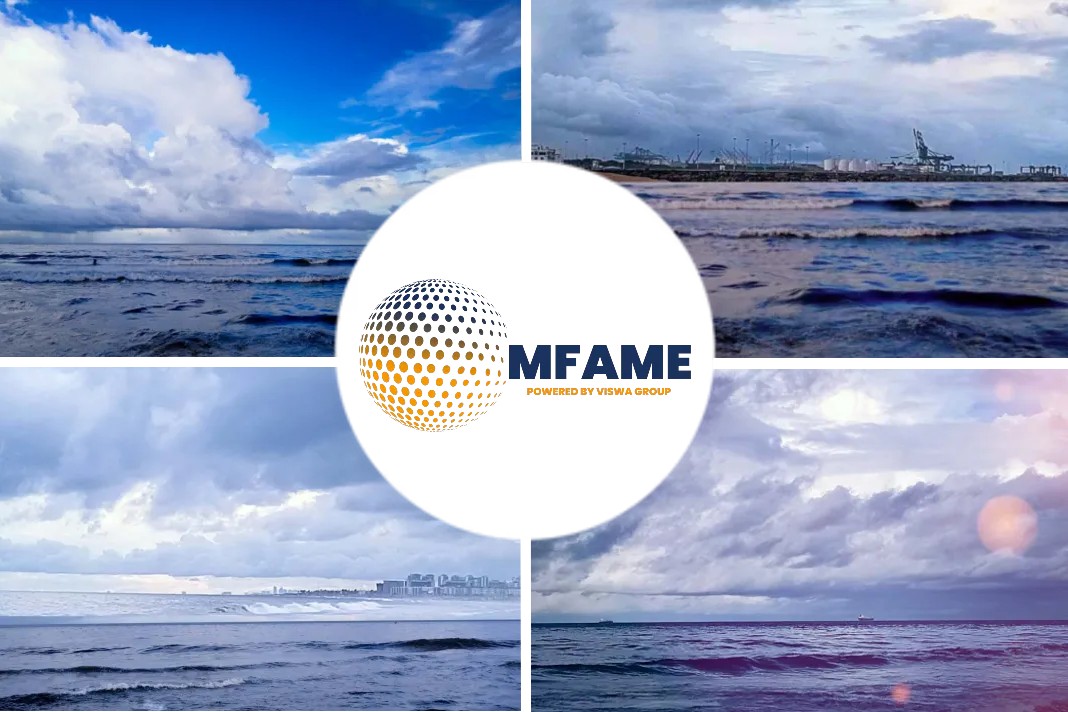- SeaTech, a Wärtsilä-led consortium that includes six other industry and academic partners, has been awarded EU funding for a major project aimed at reducing fuel consumption and lowering emissions levels for shipping.
- The proposed engine power generation innovation is built around achieving ultra-high energy conversion efficiency. It involves precisely controlling the engine to achieve reductions in exhaust emissions levels.
- The renewable energy-based propulsion innovation is a biomimetic dynamic wing mounted at the bow of the ship to help propel the vessel in moderate and heavy sea conditions.
Finnish technology group Wärtsilä, together with a consortium of six other industry and academic partners, has been awarded EU funding for a major project aimed at reducing fuel consumption and lowering emission levels for shipping, reports Riviera Maritime Media.
The three-year project SeaTech is coordinated by Wärtsilä and will run until 2023.
SeaTech project consortium
The project partners include Huygens Engineer BV from the Netherlands, Estonia’s Liewenthal Electronics, Utkilen AS from Norway, the National Technical University of Athens, UiT The Arctic University of Norway, and the UK’s University of Southampton.
As explained, the SeaTech project consortium has been formed to develop two symbiotic ship engine and propulsion innovations that when combined, could lead to a 30% reduction in fuel consumption.
At the same time, the project envisions 99% reductions in emissions of sulphur oxides (SOx) and nitrogen oxides (NOx), a 46% reduction in CO2 emissions, and a 94% reduction in particulate matter emissions.
“Efficiency and environmental sustainability are the defining characteristics of the new era for shipping, and this project provides significant support for this trend,” Project Owner Jonas Åkerman, Director of Research & Technology Development, Wärtsilä Marine, said.
He added, “By working in close collaboration with highly competent partners, we intend to play an important role in facilitating a cleaner and more profitable future for the marine sector.”
Engine power generation innovation
The proposed engine power generation innovation is built around achieving ultra-high-energy conversion efficiency. It involves precise controlling of the engine to achieve radical reductions in exhaust emission levels.
The renewable energy-based propulsion innovation is a biomimetic dynamic wing mounted at the bow of the ship to augment propulsion in moderate and heavy sea conditions. By capturing wave energy, extra thrust is produced and ship motions are dampened, according to Wärtsilä.
The ultimate objective of the project is to upscale both innovations and to demonstrate them in relevant operational environments. Finally, the expected complementary and synergistic effects of deploying both innovations on short-sea vessels will be modelled using data from the demonstrations with the help of a customised advanced data analytics framework.
Higher return of investments
Retrofitting and subsequent maintenance of the innovations will be simplified, and the return on investment (RoI) for owners is expected to be approximately 400%. This high return results from the savings in fuel and operational costs, the technology company added.
Commercialization of the developments is anticipated to take place in the European and Asian short-sea markets by 2025, followed thereafter by expansion into the deep-sea market.
Assuming just 10% of European short-seas vessels were to be retrofitted with SeaTech, 32.5 million tons of CO2 would be eliminated annually, the equivalent of emissions from 200,000 passenger cars.
Related benefits would be notable savings in health care costs, and the indirect creation of jobs in the shipbuilding industry, Wärtsilä further said.
Did you subscribe to our daily newsletter?
It’s Free! Click here to Subscribe!
Source: Riviera Maritime Media

























